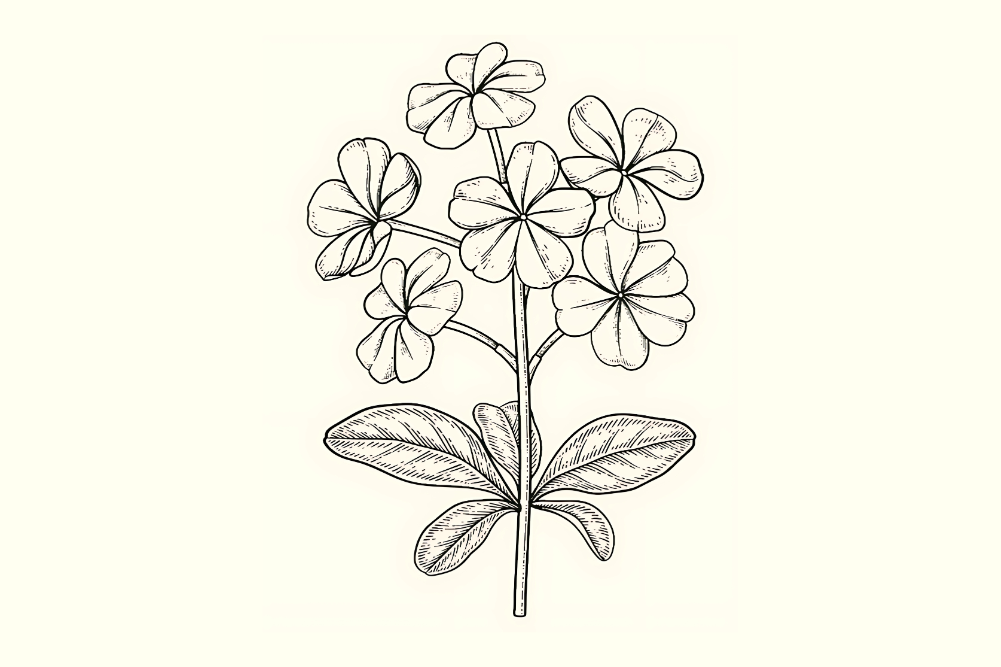Trees save lives
Is there anything more pleasant on a spring day than to sit and laugh with friends as you share a picnic in the dappled shade offered by a spreading tree? What about the sheer visual splendour of an avenue lined with autumnal deciduous trees in various stages and hues of defoliation? Then there is the simple companionship afforded by the trees in your Garden as you watch their changing plumage and phases with the cycles of each year. Trees also foster biodiversity and provide a stately, calm link in the chain of life. On top of all of this, it could be that trees are also saving your life.
In a new study researchers set out to assess the amount of urban air pollution removed by trees. To do this they measured levels of four pollutants; nitrogen dioxide, ozone, sulphur dioxide, and particulate matter less than 2.5 microns in diameter (PM2.5). They measured these in a range of regions and then based on tree density data used computer simulations to estimate the effect of trees on levels of these pollutants. The simulations took into account total leaf area, hourly flux of pollutants to and from leaves, effects of pollution removal on pollution concentration, and finally looked at the health impacts of these changes in pollution.
Trees achieve all of this by diffusing particles and gases within their leaves, absorbing them into films of water and turning them into acids.
The simulations showed that pollution removal by trees equates to an improvement in air quality of around one per cent. That may not sound like much but when you consider that in the US PM2.5 is linked to around 130,000 deaths per year and that ozone is linked to 4,700 deaths per year then it becomes significant.
In fact the researchers estimate that trees save around 850 lives per year and prevent 670,000 cases of acute respiratory symptoms. Then there would be all the improvements in health that are real but just can’t be measured. The estimate of these researchers is that based on prevented deaths and respiratory problems alone the cost saving to the US is around $7 billion annually. The effect is greater of course, in urban areas than rural areas.
Trees achieve all of this by diffusing particles and gases within their leaves, absorbing them into films of water and turning them into acids.
So if you are considering chopping down an annoying tree that is disrupting your view, here’s a thought, that tree is your view.








